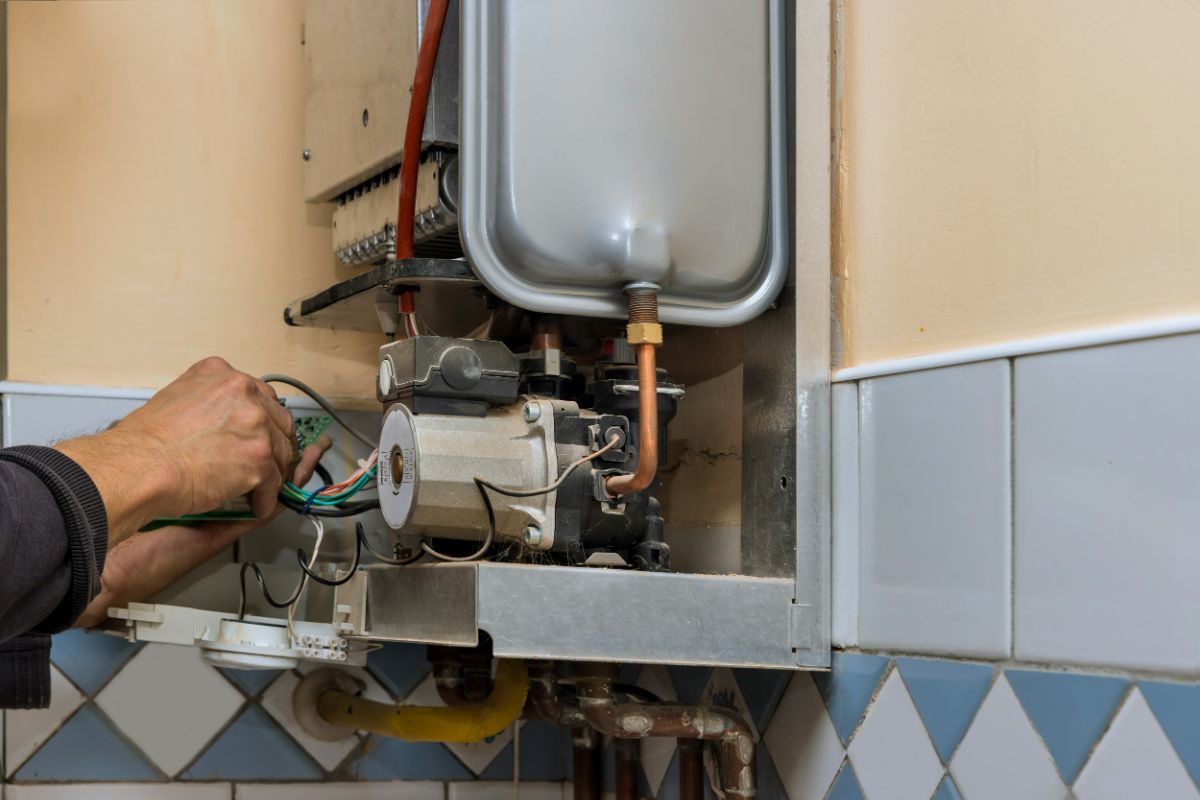Efficient Techniques for Caring for Your Home's Hot Water SystemWays to Effectively Maintain Your Home's Hot Water System
Click HereThe publisher is making a number of great points about Water Heater Maintenance Tips You Can't Afford to Forget overall in this great article down below.

Warm water is important for everyday convenience, whether it's for a refreshing shower or washing recipes. To ensure your hot water system runs effectively and lasts much longer, normal maintenance is essential. This post gives sensible tips and insights on exactly how to keep your home's hot water system to avoid disruptions and costly repair work.
Intro
Keeping your home's warm water system could seem difficult, however with a couple of straightforward steps, you can guarantee it operates smoothly for many years to come. This guide covers everything from comprehending your hot water system to DIY maintenance pointers and knowing when to call in professional help.
Importance of Maintaining Your Hot Water System
Routine maintenance not only extends the life expectancy of your hot water system but also ensures it runs successfully. Disregarding upkeep can cause lowered effectiveness, higher energy costs, and even premature failing of the system.
Indicators Your Warm Water System Demands Upkeep
Recognizing when your warm water system needs interest can avoid significant concerns. Keep an eye out for indicators such as irregular water temperature level, odd sounds from the heating unit, or rusty water.
Purging the Hot Water Heater
Purging your hot water heater eliminates sediment buildup, enhancing effectiveness and extending its life.
Checking and Changing Anode Rods
Anode rods protect against rust inside the tank. Evaluating and changing them when worn is important.
Complicated Problems Requiring Professional Aid
Instances consist of major leaks, electrical troubles, or if your hot water heater is consistently underperforming.
Regular Professional Upkeep Advantages
Specialist upkeep can include comprehensive evaluations, tune-ups, and making certain conformity with safety standards.
Evaluating and Adjusting Temperature Level Settings
Readjusting the temperature level settings ensures optimum performance and safety and security.
DIY Tips for Upkeep
You can do numerous upkeep tasks on your own to keep your warm water system in top condition.
Checking for Leakages
Consistently check pipelines and connections for leakages, as these can result in water damage and greater costs.
Understanding Your Warm Water System
Before diving right into maintenance jobs, it's valuable to recognize the basic parts of your hot water system. Commonly, this includes the hot water heater itself, pipelines, anode rods, and temperature level controls.
Monthly Upkeep Tasks
Regular regular monthly checks can aid catch small issues prior to they escalate.
Checking Stress Relief Valves
Checking the pressure relief valve guarantees it operates correctly and avoids too much pressure accumulation.
Shielding Pipes
Shielding warm water pipelines decreases warm loss and can save energy.
When to Call a Specialist
While DIY upkeep is beneficial, some problems call for professional experience.
Conclusion
Routine upkeep of your home's hot water system is necessary for efficiency, durability, and expense financial savings. By following these tips and understanding when to look for expert help, you can ensure a trustworthy supply of warm water without unanticipated disruptions.
How to Maintain an Instant Hot Water Heater
Before tinkering with your hot water heater, make sure that it’s not powered on. You also have to turn off the main circuit breaker and shut off the main gas line to prevent accidents. Also turn off the water valves connected to your unit to prevent water from flowing into and out of the appliance. 2. When you’re done, you have to detach the purge valves’ caps. These look like the letter “T” and are situated on either side of the water valves. Doing so will release any pressure that has accumulated inside the valves while at the same time avoid hot water from shooting out and burning your skin. 3. When the purge valves’ caps are removed, you have to connect your hosing lines to the valves. Your unit should have come with three hoses but if it didn’t, you can purchase these things from any hardware or home repair shops. You can also get them from retail stores that sell water heating systems. Read the user’s manual and follow it to complete this task properly. When the hosing lines are connected, open the purge port’s valves. 4. You should never use harsh chemical cleaners or solutions when cleaning your unit. Make use of white vinegar instead. It should be undiluted and you’ll probably use about 2 gallons. 5. Now flush your water heater. This task should probably take about 40 minutes. We can’t give you specific directions for this because the procedure is carried out depending on the type, model and brand of your heater. With that being said, refer to the user’s manual. 6. When you’re done draining the unit, you have to turn off the purge port valves again. Remove the hosing lines that you earlier installed on each of the water valves. Put the valve caps (purge port) back in their respective places and be very careful so as not to damage the rubber discs that are found inside these caps. 7. Now that everything’s back in place, check your user’s manual again to find out how to reactivate your water heating system. 8. Once it is working, turn one of your hot water faucets on just to let air pass through the heater’s water supply pipes. Leave the tap on until water flows smoothly out of it. https://www.orrplumbing.com/blog/2014/september/how-to-maintain-an-instant-hot-water-heater/

I stumbled upon that content on Water Heater Maintenance Tips You Can't Afford to Forget while doing research the internet. Are you aware of another individual who is involved in How to Maintain a Hot Water Heater in a Few Simple Steps? Do not hesitate to promote it. I love reading our article about How to Maintain a Hot Water Heater in a Few Simple Steps.
Call Today